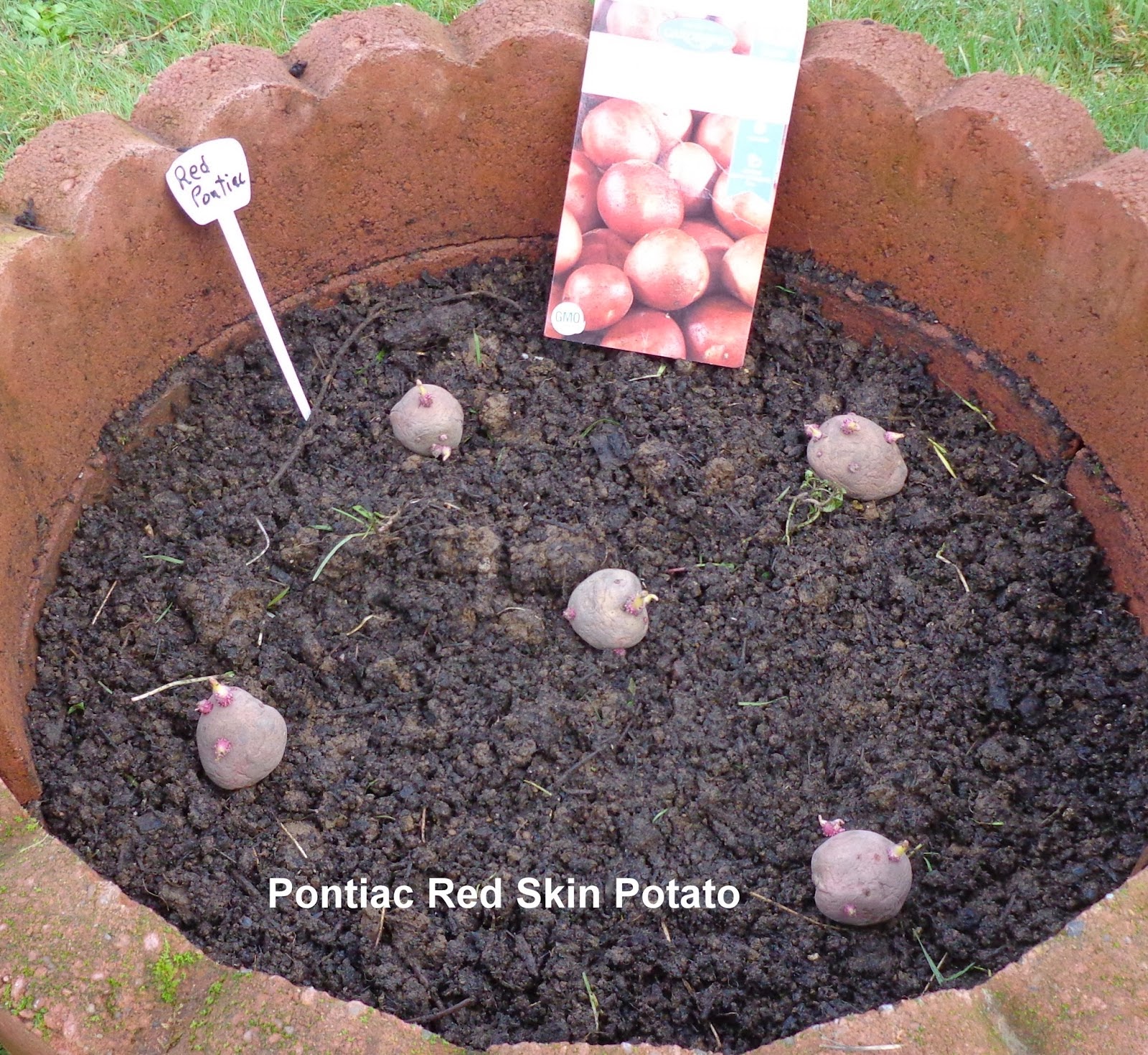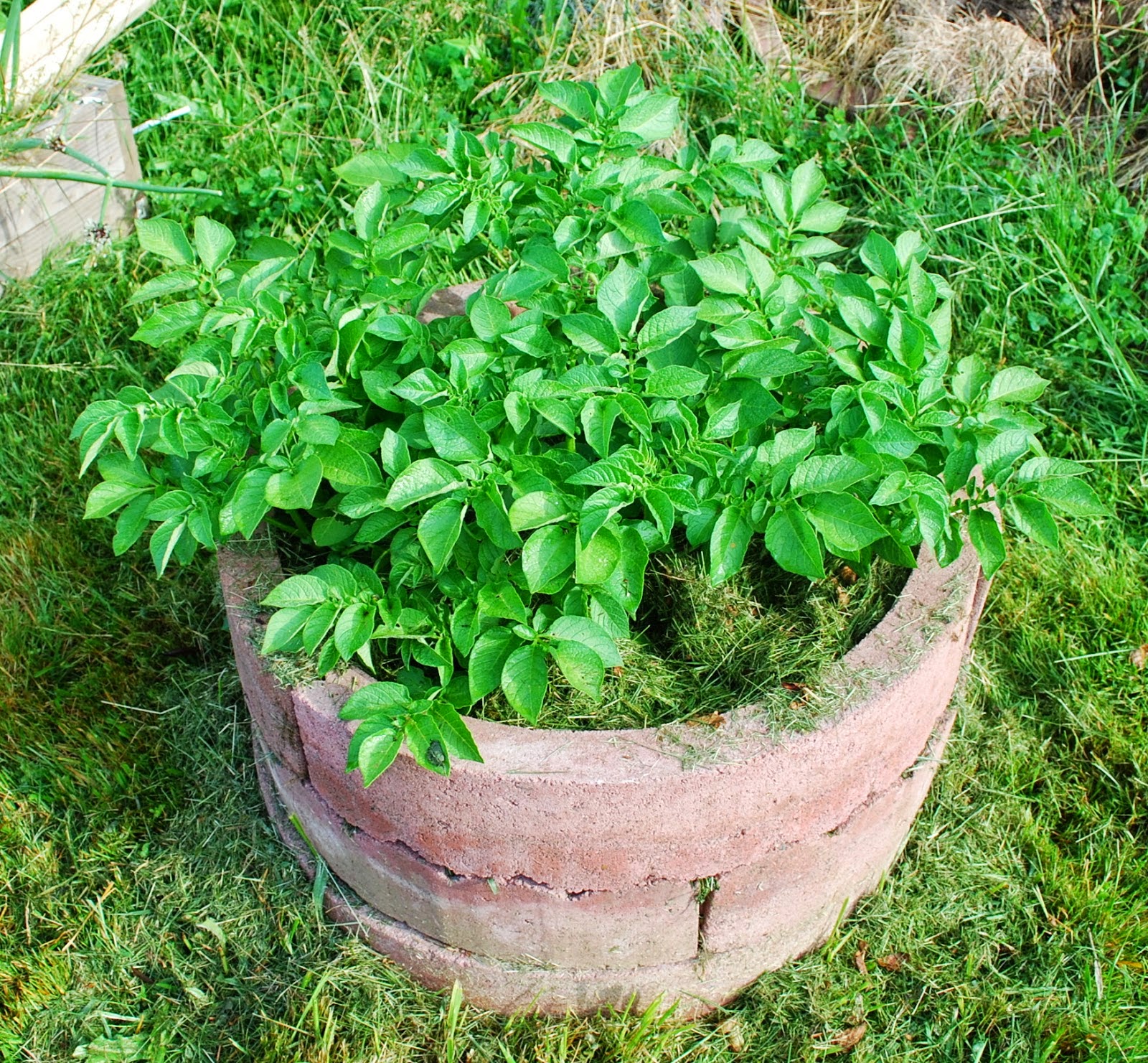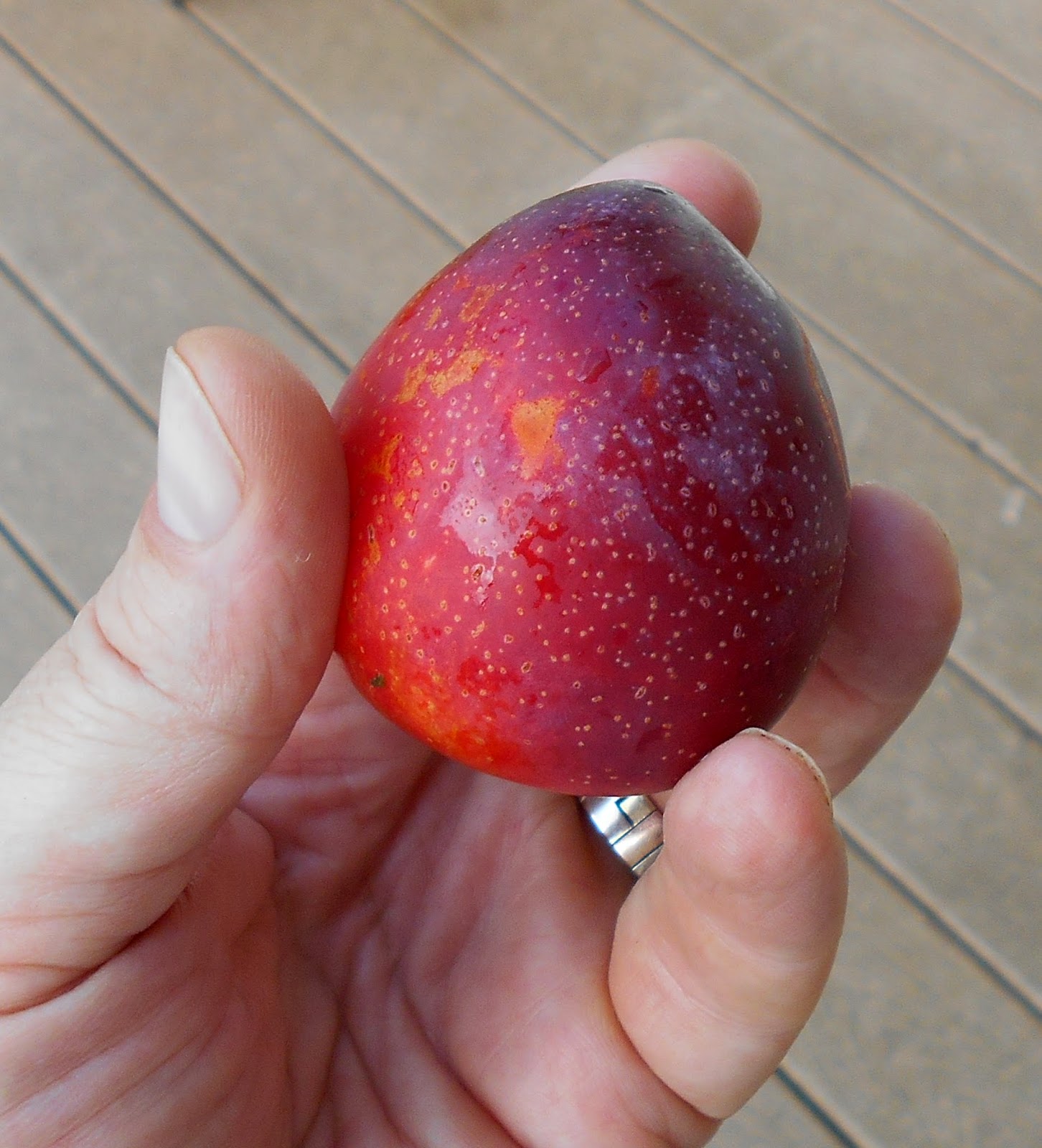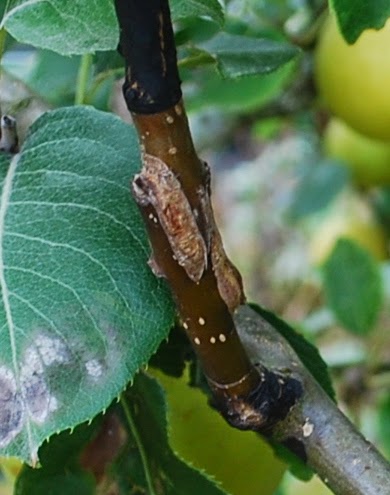
|
| Maple 9.20.12 |
Ning liked this maple cultivar that he found at a local odds-and-ends nursery on discount.
 |
| Maple 9.1.14 |
 |
| Wounded Tree. 9.20.12 |
I was concerned about the wound - the owner stated that was a "growth crack" due to the tree growing faster than the bark could handle. Not true - clearly damage, but the price was very low. O forget - $16? So we bought it. Planted with the wound on south side to encourage keeping it dry. I was interested in how such a large tree with such small root mass would survive.It's doing pretty nicely.
The growth is gradual. Large trees without much root can't be expected to grow fast. But it survived, and this year is looking nice.
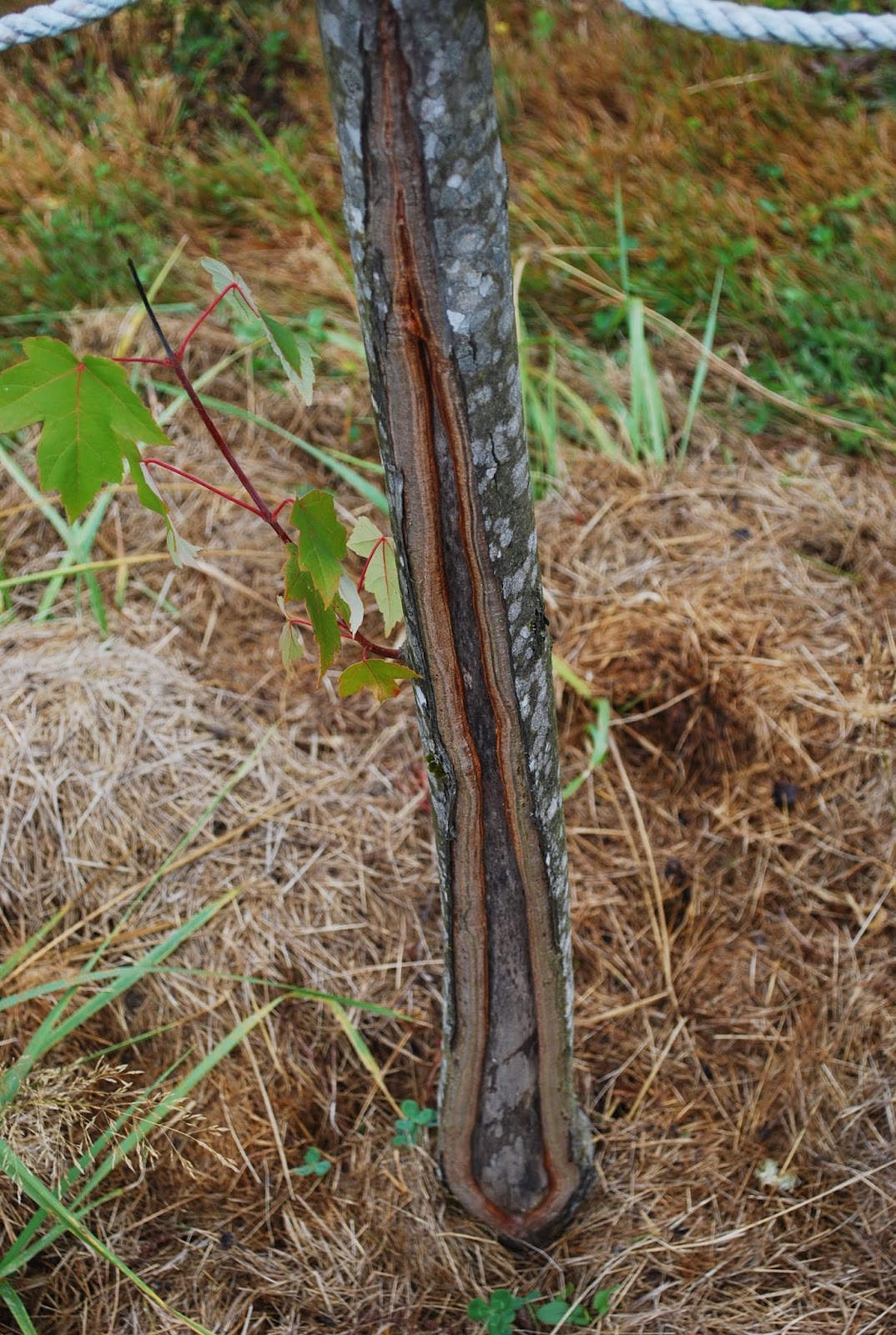 |
| Wounded tree. 9.1.14 |
 |
| Volunteer Maple. 10.20.12 |
This photo underestimates the length of the wound - it extends up to the crack just below the lower branch.
The top portion has sealed together. The narrower part of the lower portion of the wound looks like it will seal together next year, and the bottom, wider portion may take another year or two.
Maple is very hard wood. Maple furniture is difficult to stain due to it's hardness, and is very resilient. Planting with the wound to the south, gave it less chance for fungal or bacterial rot. It is considered harmful, now, to pain wounds, so I left it bare.
With the small original root mass, I watered but did not fertilize last year. I did not want to encourage top growth that the roots could not handle.
I did shave off the outside winding roots, so the tree would not be root-bound in the soil.
This year, I gave the tree a small amount of organic nitrogen (pee-cycle). About 1 quart in 2 gallons of water, watered into the soil around the tree in Spring. It received 2 waterings through the summer. It seems well established now.
 |
| Volunteer Maple. 9.1.14 |
The other maple, a small volunteer maple, was from the yard in Vancouver. It is not a big-leaf maple - may be a mixed heritage descendent of local cultivars.
I moved it from Vancouver, Oct 7, 2012. Last year I kept it well watered, but not this year. No fertilizer - it's in the middle of the chicken yard.
As an ungrafted tree on unpruned roots, I expect it will grow roots deep into the soil. Growth has been amazing. Not much branching, but quite tall.
























